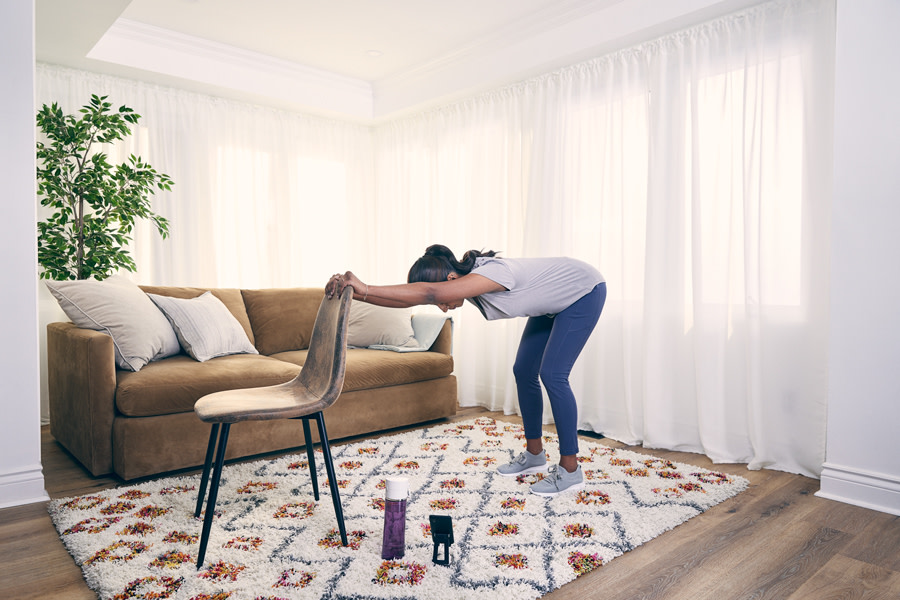3 estiramientos para hacer antes de acostarse para calmar el dolor de espalda por la noche
¿Es una buena idea hacer estiramientos antes de acostarse? Explora los mejores estiramientos que puedes hacer antes de acostarte para reducir el dolor de espalda por la noche.
$0 costo para usted
Última actualización: Jun 5, 2025
El índice
Bedtime stretches for back pain
¿Quieres atención de expertos? Consulta si estás cubierto por nuestro programa gratuito �→- Postura del niño
- Puente
- Enhebrar la aguja
